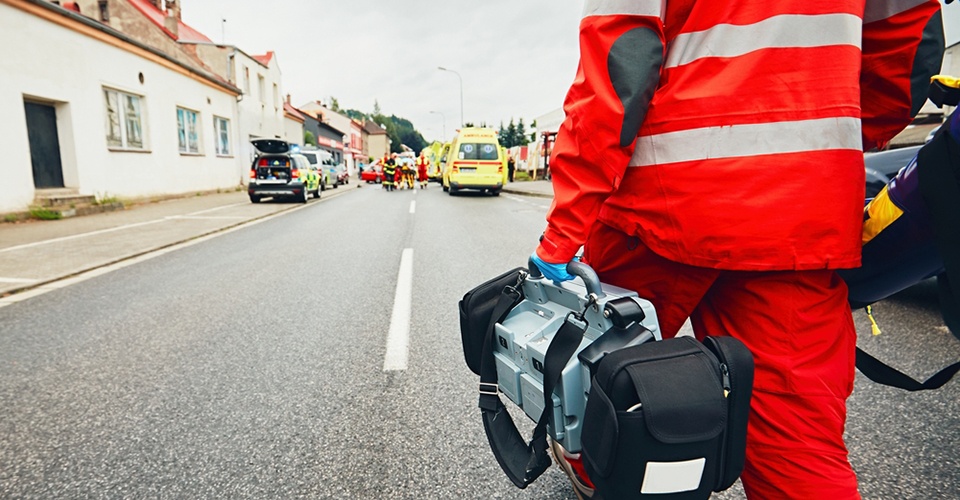Among the many impacts of America’s ongoing opioid epidemic is the risk of fentanyl exposure for EMS providers. What can first responders do to protect themselves?
The Office of National Drug Control Policy (ONDCP) explains that:
“The increased prevalence of fentanyl and other synthetic opioids in the illicit drug market means that first responders need to understand how to protect themselves from exposure in the field. Law enforcement, fire, rescue, and emergency medical services (EMS) personnel must balance safety with mobility and efficiency when responding to scenes where the presence of fentanyl is suspected.”
The ONDCP has created a “Fentanyl Safety Recommendations for First Responders” sheet to “provide unified, scientific, evidence-based recommendations to first responders so they can protect themselves when the presence of fentanyl is suspected during the course of their daily activities such as responding to overdose calls and conducting traffic stops, arrests, and searches.”
The sheet includes recommendations on what to do when exposure occurs and best practices for protecting against exposure, including:
- Wear gloves when the presence of fentanyl is suspected.
- AVOID actions that may cause powder to become airborne.
- Use a properly-fitted, NIOSH-approved respirator (“mask”), wear eye protection, and minimize skin contact when responding to a situation where small amounts of suspected fentanyl are visible and may become airborne.
- Follow your department guidelines if the scene involves large amounts of suspected fentanyl (e.g., distribution/storage facility, pill milling operation, clandestine lab, gross contamination, spill or release).
Click here to download the recommendation sheet.
Looking for training on safely responding to street drug incidents? The Street Drugs online course from 24-7 EMS teaches first responders how to identify signs, symptoms and best practices for treating drug overdoses. The course reviews required care, treatment and intervention. Learn about commonly misused drugs, safety concerns for EMS providers, and toxidromes that may indicate substances used by patients. Featuring Wendy Klein-Schwartz, MD, Maryland Poison Center and University of Maryland, School of Pharmacy.
Meet your requirements and earn valuable continuing education hours with online courses from the 24-7 EMS library.








.png?width=600&name=HSI-CTA-EmergencyCareTraining%20(1).png)











Comments